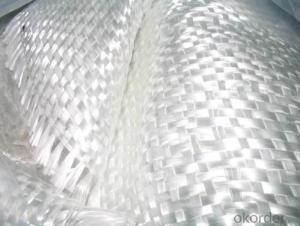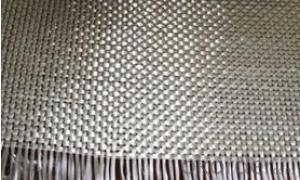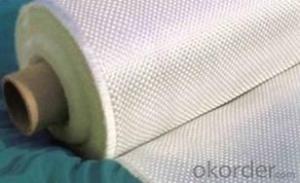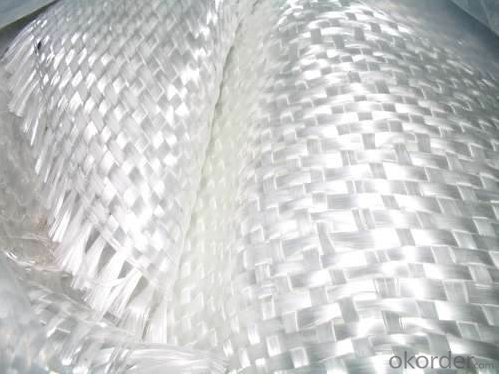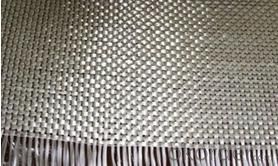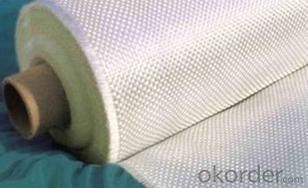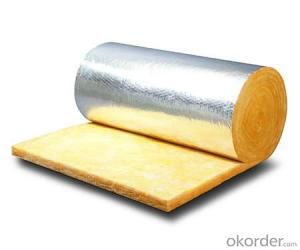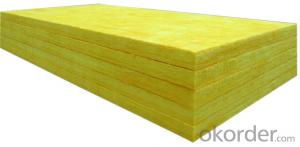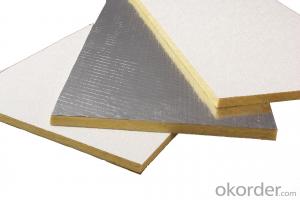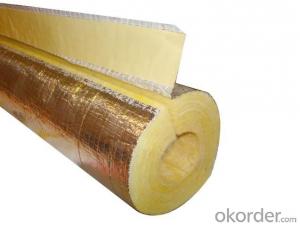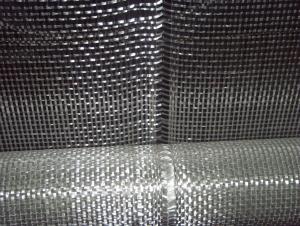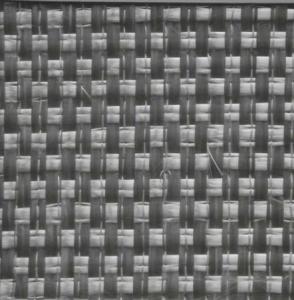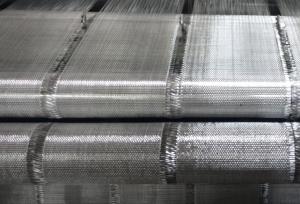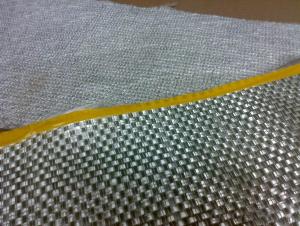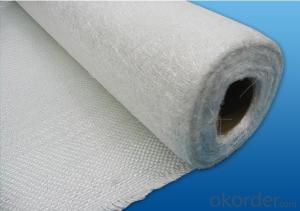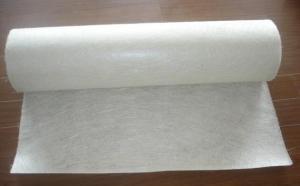Fiberglass Mat Tissue Woven Roving for Hand Lay-Up
- Loading Port:
- Shanghai
- Payment Terms:
- TT or LC
- Min Order Qty:
- 3000 kg
- Supply Capability:
- 50000 kg/month
OKorder Service Pledge
OKorder Financial Service
You Might Also Like
Structure of woven roving Description
E-Glass Woven Roving are bidirectional fabric made by interweaving direct rovings
E-Glass Woven Roving are compatible with unsaturated polyester, vinyl eater, epoxy and phenolic resins.
E-Glass Woven Rovings are a high-perfprmance reinforcement widely used in hand lay up and robot processes to manufacture boats, vessels, plane and automotive parts, furniture and sports facilities
Main Features of the woven roving
1)Drapes well to suit the surface of intricate moulds
2)Fast wet-through and wet out
3)Easy handing and better appearance of the composite parts
4)Compatible with Unsaturated polyester resin
5)Very high laminate strength properties
Woven roving Images
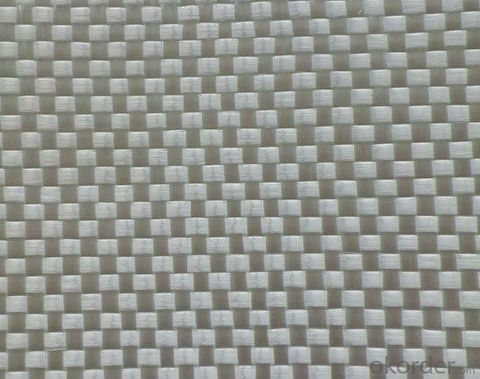
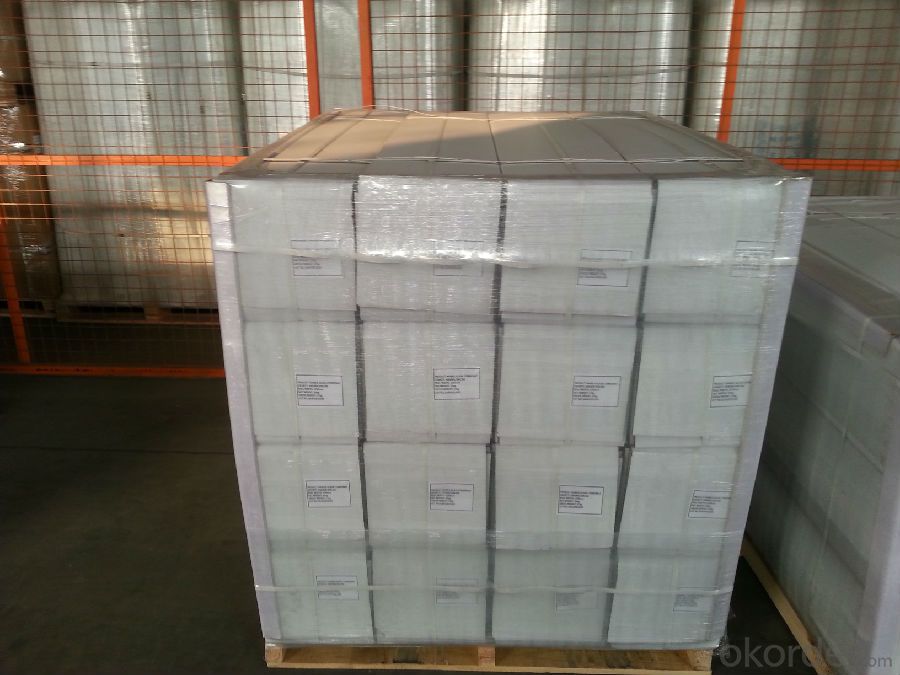
Woven roving Specification:
Normal type | EWR800 | EWR400 | EWR300 | EWR500 | EWR600 |
Thickness (mm) | 0.8 | 0.4 | 0.3 | 0.5 | 0.6 |
Density(warpxweft) (end/cm) | 1.8x1.5+/-10% | 3.6x3.2+/-10% | 4.6x4.1+/-10% | 2.2X2.0+/-10% | 2.6X2.4+/-10% |
Tex (warpxweft) | 2400x2400 | 600X600 | 300x400 | 1200x1200 | 1200X1200 |
Moisture content(%) | <0.2% | <0.2% | <0.2% | <0.2% | <0.2% |
Loss on ignition(%) | 0.4 – 0.8 | 0.4-0.8 | 0.4-0.8 | 0.4-08 | 0.4-0.8 |
Width(cm) | 125+/-1 | 125+/-1 | 125+/-1 | 125+/-1 | 125+/-1 |
Weight (g/m2) | 816+/-41 | 408+/-32 | 300+/-15 | 500+/-25 | 600+/-30 |
Weight per roll(kg) | 45 | 46 | 50 | 45 | 45 |
Glass | E-glass | E-glass | E-glass | E-glass | E-glass |
FAQ of woven roving:
1. Why Choose us?
CNBM is a stated own company, provide the guarantee for the best quality, best service and safety business.
2. How will we guarantee the quality?
a, ISO 9001-2008 quality control system;
b, Strict and regular quality control in production;
c, Inspeciation when loading into container before shippment;
d, Sample stock for one year for quality tracing and record.
3. What is your MOQ?
Our MOQ is one pallet.
4. Can you provide sample?
Yes, samples are in stock. we can offer free sample for you.
5. Payment terms?
We can accept L/C, T/T etc.
6. Do you offer OEM service?
Yes, we can print customers’ logo on the packaging;
And the size and specification can be produced and design according to your demand.
7. What is the Production Lead Time?
1 *40HQ each day.
- Q: How long does fiberglass mat tissue last?
- The lifespan of fiberglass mat tissue varies depending on various factors such as the quality of the material, environmental conditions, and maintenance. However, on average, fiberglass mat tissue can last for several decades if properly installed and cared for.
- Q: Is fiberglass mat tissue compatible with different curing methods?
- Indeed, diverse curing methods are compatible with fiberglass mat tissue. This versatile material can be utilized in various curing processes, including hot press curing, autoclave curing, and vacuum bag curing. Specifically engineered to be compatible with different resins and curing temperatures, the mat tissue is capable of enduring the curing process without any detrimental consequences. Furthermore, the mat tissue is designed to possess excellent wet-out properties, enabling it to effectively bond with the resin during the curing process. Ultimately, fiberglass mat tissue proves to be a fitting option for a wide array of curing methods and can be effectively employed in numerous applications.
- Q: Can fiberglass mat tissue be used for insulation in underground pipelines?
- Yes, fiberglass mat tissue can be used for insulation in underground pipelines. It is a common material choice for insulating pipes due to its excellent thermal properties, durability, and resistance to moisture. The fiberglass mat tissue helps to reduce heat loss and prevent condensation, ensuring efficient and reliable insulation for underground pipelines.
- Q: Can fiberglass mat tissue be used for reinforcing fiberglass pools?
- Yes, fiberglass mat tissue can be used for reinforcing fiberglass pools. It helps enhance the strength and durability of the pool structure by providing added reinforcement to the fiberglass layers.
- Q: Does fiberglass mat tissue provide any moisture insulation?
- Yes, fiberglass mat tissue provides some level of moisture insulation. Fiberglass is known for its water-resistant properties, and the mat tissue made from fiberglass helps to further enhance this characteristic. It acts as a barrier against moisture, preventing it from seeping through and causing damage to underlying materials. However, it is important to note that fiberglass mat tissue is not completely waterproof and may allow some moisture to penetrate over time. Therefore, it is recommended to use additional moisture insulation materials in situations where complete waterproofing is required.
- Q: Does fiberglass mat tissue require any special precautions during cutting?
- Special precautions are necessary when cutting fiberglass mat tissue. Made up of delicate glass strands, inhaling or touching it can be dangerous. To reduce risks, certain measures should be taken. Firstly, it is important to wear appropriate personal protective equipment (PPE) like gloves, safety glasses, and a dust mask or respirator. These will safeguard your skin, eyes, and respiratory system from harm. Secondly, tools specifically designed for cutting fiberglass, such as a serrated-edge utility knife or scissors, should be used. These tools minimize the release of loose fibers and reduce the risk of injury. Moreover, working in a well-ventilated area or using proper dust extraction systems is crucial to prevent the release of fiberglass particles into the air. This minimizes the risk of inhaling fibers and developing respiratory issues. Lastly, handling cut fiberglass mat tissue with care is essential to avoid accidental contact with bare skin. If contact occurs, washing the affected area immediately with soap and water is recommended. Seeking medical attention may be necessary. By following these precautions, the risks associated with cutting fiberglass mat tissue can be minimized, ensuring a safe working environment.
- Q: Can fiberglass mat tissue be used in automotive manufacturing?
- Yes, fiberglass mat tissue can be used in automotive manufacturing. It is commonly used as a reinforcement material for various components such as body panels, bumpers, and interior parts. It provides strength, durability, and excellent resistance to corrosion and heat, making it an ideal choice for automotive applications.
- Q: What is the delamination strength of fiberglass mat tissue?
- The ability of fiberglass mat tissue to resist the separation or detachment of its layers, known as delamination strength, is influenced by various factors. These factors include the quality of the resin used, the thickness and density of the mat, and the manufacturing process. To ensure durability and structural integrity, fiberglass mat tissue is typically designed with a high delamination strength. It is composed of multiple layers of glass fibers held together by a binder or resin. The bonding between these layers is crucial in preventing delamination. Various testing methods, such as the peel test, can determine the delamination strength of fiberglass mat tissue. This test measures the force required to separate the layers and provides valuable information about the adhesive strength between them, helping to assess the material's overall quality. The delamination strength may vary depending on the specific application and requirements. Different industries, such as construction, automotive, marine, and aerospace, may have different delamination strength specifications for their fiberglass mat tissue. Manufacturers typically provide technical data or specifications indicating the delamination strength of their products. It is important to consider external factors that can influence the delamination strength of fiberglass mat tissue, such as exposure to extreme temperatures, moisture, or chemical substances. Proper installation, maintenance, and adherence to recommended usage guidelines are crucial in maintaining the desired delamination strength and overall performance of the material.
- Q: How does fiberglass mat tissue perform in terms of moisture vapor resistance?
- Fiberglass mat tissue performs well in terms of moisture vapor resistance. It is highly resistant to moisture vapor, preventing its penetration and protecting the underlying materials. The tightly woven fibers of the tissue create a barrier that limits the transfer of moisture, making it an effective choice for applications where moisture control is crucial.
- Q: Is fiberglass mat tissue suitable for aerospace repairs?
- Yes, fiberglass mat tissue is suitable for aerospace repairs. Fiberglass mat tissue is a lightweight and flexible material that can be easily molded and applied to various surfaces. It is known for its high strength-to-weight ratio, making it ideal for applications where weight is a critical factor, such as aerospace repairs. Fiberglass mat tissue is commonly used in aerospace repairs to reinforce damaged or weakened areas of the aircraft structure. It provides excellent structural integrity and durability, ensuring the repaired area can withstand the extreme conditions and stresses encountered during flight. Furthermore, fiberglass mat tissue is compatible with various resin systems, including epoxy and polyester, allowing for efficient bonding and ensuring a reliable repair. Its versatility also enables it to be used in both interior and exterior repairs, such as repairing composite panels, reinforcing wing sections, or repairing damaged fuselage areas. In addition to its mechanical properties, fiberglass mat tissue also exhibits excellent resistance to corrosion, moisture, and chemicals, enhancing the longevity of the repaired components. This is particularly crucial in aerospace applications, where the aircraft is exposed to harsh environmental conditions. Overall, fiberglass mat tissue is a suitable material for aerospace repairs due to its lightweight, high strength, versatility, and resistance to environmental factors. Its use in the aerospace industry has been well-established, and it continues to be a reliable choice for repairing and reinforcing critical aircraft components.
Send your message to us
Fiberglass Mat Tissue Woven Roving for Hand Lay-Up
- Loading Port:
- Shanghai
- Payment Terms:
- TT or LC
- Min Order Qty:
- 3000 kg
- Supply Capability:
- 50000 kg/month
OKorder Service Pledge
OKorder Financial Service
Similar products
Hot products
Hot Searches
Related keywords
